Coronavirus disease COVID-19, found in 2019, is accountable for a global pandemic.
COVID-19 is triggered by a virus known as SARS-CoV-2, or severe acute respiratory syndrome coronavirus 2 since it’s genetically identical to SARS coronavirus, which was known for the 2002 SARS outbreak.
Coronaviruses now spreading among people are generally benign and cause one-fourth of all common cold illnesses.
In COVID-19, coronaviruses were firstly circulating among the bats, who are a natural reservoir of animals, seemed to have mutated and began to cause human disease.
The COVID-19 outbreak started in China but has spread worldwide since then.
As of 1 April 2020, or approximately four months after the outbreak, 903,826 cases of COVID-19 have been confirmed and 45,335 deaths result in a fatality rate of around 5%.
However, the actual death rate is probably going to be lower to about 0.7 percent in recent studies.
This is because there are many cases of COVID-19 that have not been diagnosed, which means an increase in the actual number of cases. According to the CDC, many of those are asymptomatic carriers. This is up to 25 percent of cases.
China’s Strategies against COVID-19 Outbreak
It is worth learning many lessons from how the various countries responded to the disease.
Let’s start with China, the first country to cope with COVID-19. On 31 December 2019, China reported on COVID-19 to the World Health Organization.
A few weeks later on 24 January, by placing a major lockdown on Hubei, China aggressively attempted to control the disaster situation and subsequently locks other areas within China in a similar way.
Authorities were allowed to force residents to stay at home, with the exception of essential activities such as pharmacies or food. They shut down non-essential businesses or schools, shut down public transportation, and blocked off roads between cities.
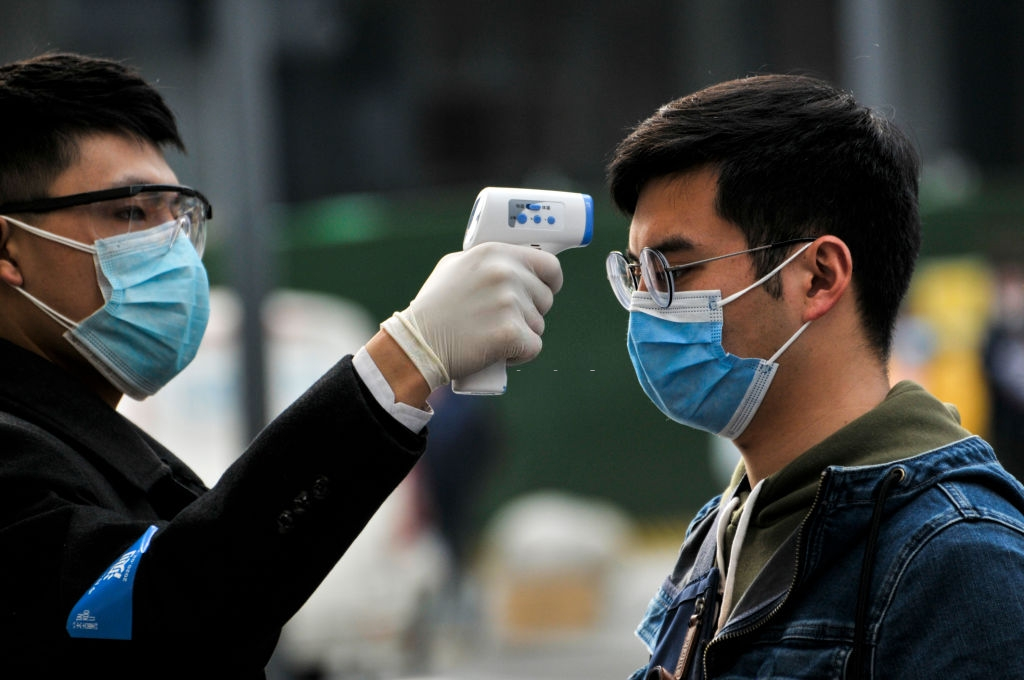
Moreover, a system was enforced in several communities with just one entrance and exit, and all passing through were tested for COVID-19 symptoms. The whole community may be quarantined if anyone in the community has proven positive.
A total of 15 cities and 57 million people were affected. The actions were implemented swiftly and strictly, and exponential growth broke 12 days later on 15 February, and the number of new cases began to decline.
In the meantime, as there are already numerous cases, China constructed multiple hospitals for the patients of COVID-19. Doctors and nurses were transferred from less affected areas across the country to work in these hospitals and protected with well-designed PPE Covering from head to toe.
By March, the economy started returning to normal, and more COVID-19 cases were seen by visitors than their citizens in China.
South Korea approach to cope with COVID-19 Outbreak
Let us now turn to South Korea, which took a rather different but equally efficient approach, and implemented a free, easy, and accessible mass testing.
They offered testing stations through which people were tested in their car. They also had testing zones like a telephone booth where a person went in, was tested, and went out.
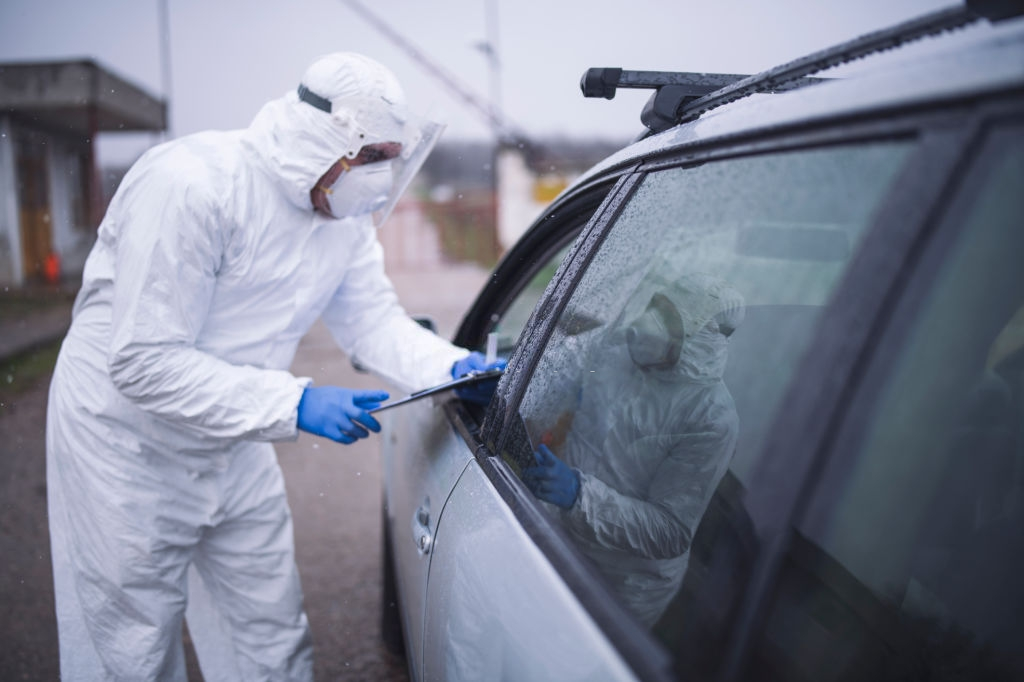
In the results of conducting fifteen thousand tests each day, by 20 March, around 317,000 people from a population of 51 million have been tested, which is up to one out of every 162 people.
The people who tested positive were either sent to a hospital for severe symptoms, or to a quarantine center for mild symptoms.
The public health workers tracked contacts for each case to find people who could have been exposed to the virus.
Since South Korea had a clear understanding as to who is or not suffering from COVID-19, the lock-up was effectively done on the level of the sick person rather than at the level of the society, such as in China.
To identify the cases, the health care systems of south Korea were prepared for patients and the healthcare workers had the resources to keep them safe.
US Strategies to counter Covid-19 Outbreak
Let’s take a look at the scenario of the US, which has witnessed more cases than any other country in the world and continues to grow rapidly.
As far as testing is concerned, on the basis of the data from 20 March, the US was left behind, tested just 135,000 individuals, one in 2,424, about 15 times less than South Korea, given the fact that both countries had reported their first case on 19 January, one in Washington State and the other in South Korea.
Unfortunately, the data given by the United States does not include tests carried out by private firms; but by the end of March testing, in most areas of the United States, was well known to be highly insufficient for results or to be inaccessible for days.
Besides the lack of thorough testing, where individuals have to be isolated, only a few United States areas have imposed lockdowns. And there was limited control even though it was implemented.
In short, it was essentially a distributed state-by-state initiative that was entirely voluntary without a federal mandate or lockout compliance.
Health workers typically had insufficient PPE to feel safe, particularly N95’s, which led to hundreds of doctors and nurses being ill or being under quarantine.
Regrettably, we know that mortality can be very high in light of inadequate healthcare services.
However, this is good news that a complete lock-down means that the maximum number of persons who comply with it may stop COVID-19 spreading in a matter of days, even in countries with exponential growth like the USA.
How Complete Lockdown stop spreading the COVID-19
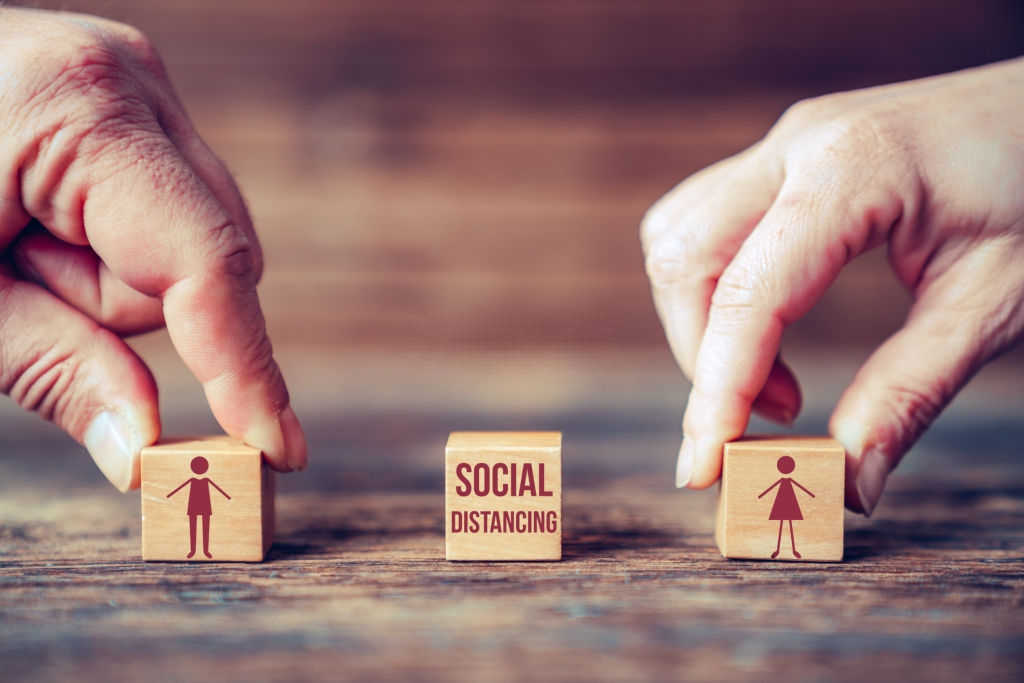
Let’s begin with the group which has already experienced exponential growth in COVID-19 cases, to demonstrate how this works.
Most people with COVID-19 have mild or only got symptoms and have yet to exhibit signs. There are two options to consider at this stage.
Option 1 is to allow the voluntary social distancing policy to continue, whereby some stick to it, and others may keep their businesses open and invite relatives to dine.
And in the next couple of weeks, there will still be an increasingly rising situation, even with best intentions and cleaning precautions. In results, the hospitals would be crowded with the patients and many of them would die.
But, Now consider option 2, enforcement of Lockdown, with everyone restricted to their houses, is Option 2. If that happened, the virus might propagate to family contacts but the transmission would slow down afterward.
When these infected individuals recover, the viruses essentially have no place to go without access to new hosts and the number of cases starts to decrease in two weeks.
The health system will not be overwhelmed by fewer cases and death rates will decline as someone seeking treatment will access it.
This timeline and approach is founded on Hubei real data, where Option 2 was implemented. Within several days of the lockdown, the number of new cases decreased
Basically, voluntary social isolation is just as successful as the number of people involved. If enough people don’t comply, the virus will continue to spread and the pandemic ends up causing more deaths.
Does Covid-19 affect everybody equally?
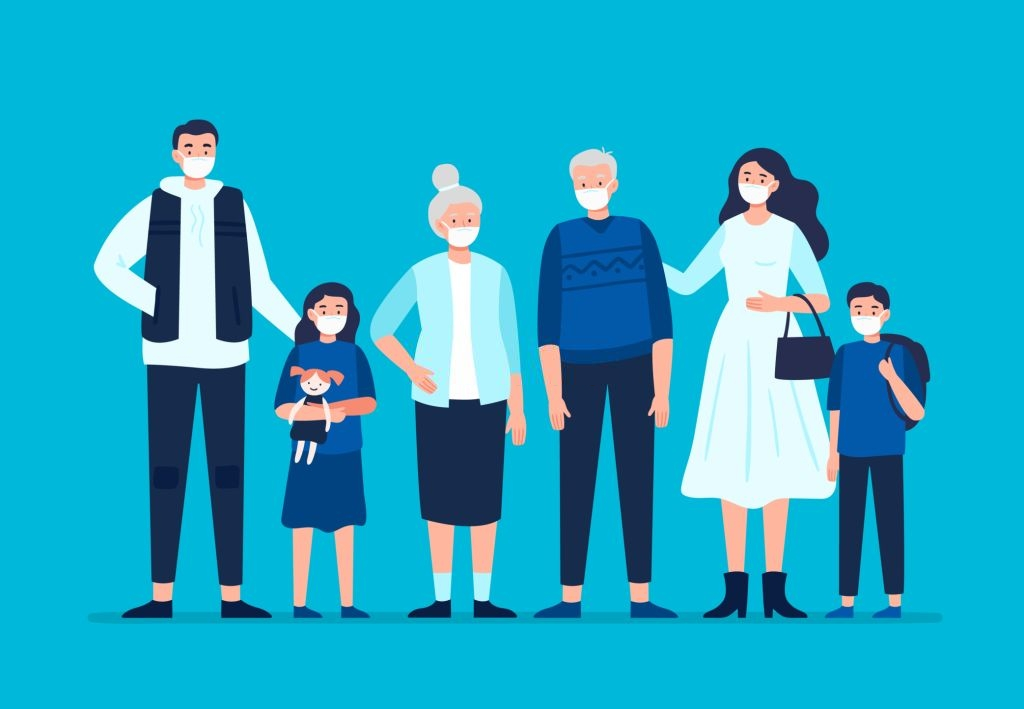
In the contexts of mortality, the statistics show that the mortality rates of COVID-19 vary for each group.
For example, if you separate groups by age, you will see that the death rate in people under 60 is comparatively low with no death found in kids 9 and younger children, but then the rate actually starts to rise for older people. They are the ones at serious risk.
Likewise, for people with high blood pressure, diabetes, chronic respiratory, and cancer, the fatality risk is higher, relative to those without any of these diseases.
On the other hand, if we separate the group by pregnant women then there has been a limited amount of details, but it seems like healthy pregnant women are not at the high risk of serious disorder or condition and no intrauterine COVID-19 transmission cases have been reported to date.
In the breast milk of a small group of women, The COVID-19 virus was also not identified. And the biggest risk will still be in breastfeeding by the droplets instead of the milk itself.
Symptoms and how does the Covid-19 spreads
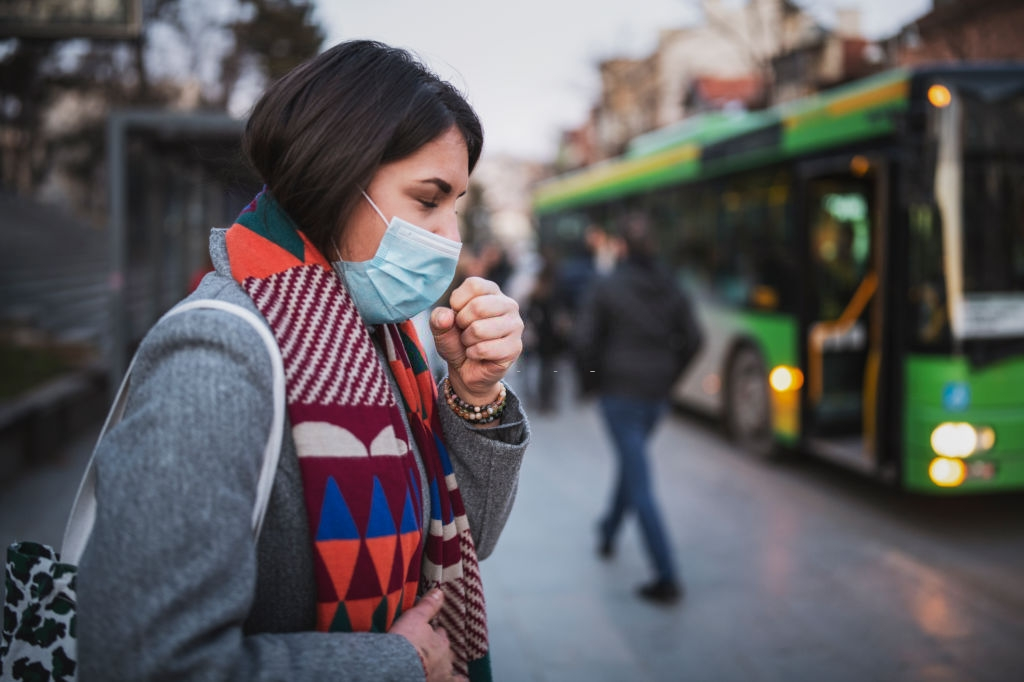
More than 80 percent of COVID-19 patients now have moderate infections, based on existing statistics, and some people develop no symptoms whatsoever.
For others, mild symptoms such as fever, cough, and shortness of breath may develop. Fatigue and loss of smell and taste are some other symptoms. In COVID-19 Case, Pneumonia is a serious problem.
If severe lung damage occurs, this can cause acute respiratory distress or ARDS, which happens when lung inflammation is so severely affected that fluid accumulates in and around the lungs.
A serious disease can produce septic shocks which are caused by dramatic drops in blood pressure and oxygen in the blood. The major cause of death for infected patients is ARDS and shock.
It is noteworthy that even people not dying from COVID-19, including young and healthy people can develop chronic pulmonary fibrosis, which can seriously damage the quality of life of the patient.
Coronaviruses can spread quickly apart from causing disease. It is increasingly evident that a lot of the spread occurs by pre-symptomatic people, people who are not at high risk during the incubation period.
It also spreads out from people with symptoms such as when people sneeze or cough and release toxic or sneezing droplets that contain the virus. The droplets can ground on the mouth, nose, or eyes of another person and permit the virus to enter a new individual.
Coronaviruses normally do not spread in the air over long distances, but they can be flaked by smaller droplets of saliva from one person to another if someone coughs or sneezes.
How Long Covid-19 last?
Recent research indicates that the Airbourne droplets of SARS-CoV-2 may stay contagious for approximately 3 hours. SARS-CoV-2 viruses can endure in surfaces, it may survive on latex and aluminum for approximately 8 hours, can stay alive up to 24 hours on cartons, can stay alive on countertops, plastic, and stainless steel up to 3 days and can survive up to five days on wood and glass.
Thus, you should often disinfect and clean touched surfaces with alcohol-based cleaning wipes, including mobiles, keyboards, doorknobs, and toilet seats.
Once a person becomes infected, about 5 days later, the symptoms develop, called the period of incubation. When an individual is infected, symptoms develop approximately five days later, this time period is known as the incubation period.
There’s a discussion on how often asymptomatic people or pre-symptomatic people are transmitting the virus during the incubation phase to other people and it maybe even more than was initially assumed.
A reproductive number is assigned to viruses, or R0, based on how rapidly they spread. The transmission of the virus from people to people, in and outside China has also been verified. An infected person transmits the virus into 1 new person in R0 of 1 and transmits the virus into 2 people in R0 of 2 and so on.
If the R0 is less than 1, the infection dwindles; if it is equal to one, the infection stays stable. If the value of R0 is more than 2, then it keeps increasing, COVID-19 is currently measured at R0 of 2.2.
As a reference point, the influenza virus’ R0 is around 1.3 so COVID-19 spreads rather a bit quicker.
Diagnosis
A reverse transcription-polymerase chain reaction or RT-PCR test can be performed to identify rather small quantities of the viral RNA to validate the diagnosis.
Though, the RT-PCR can sometimes miss out on the infection, which means it is not very sensitive early on, in the disease.
The results can be obtained, within minutes by newer fast methods, for COVID-19. Isothermal amplification is one of the fastest methods that also tests for an RNA virus. The other is quick serological tests that evaluate the immune system-generated antibodies to counter the virus.
In the last, it is also worth looking for other causes with similar symptoms, for instance, a rapid influenza test or respiratory viral panel, in order to find alternative symptom causes.
Treatment
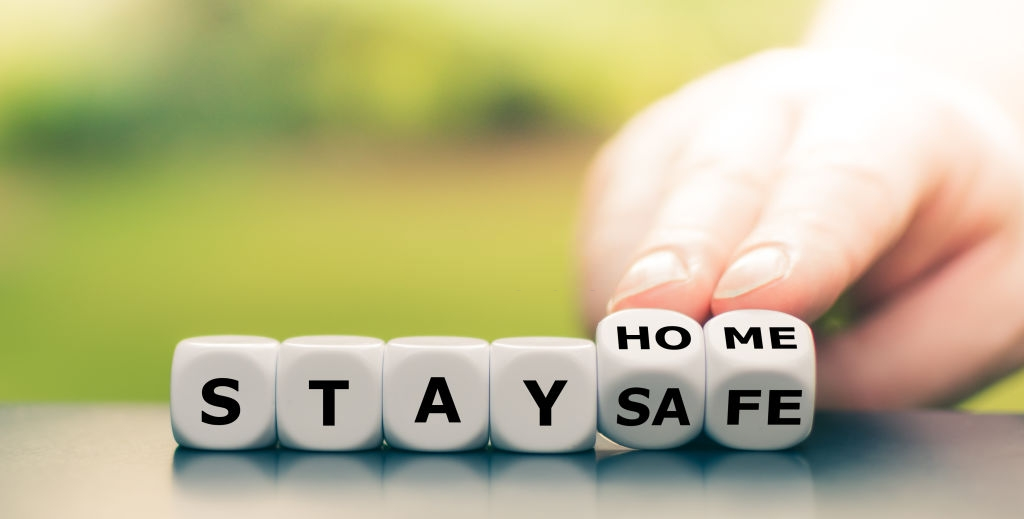
For treatment, people with minor symptoms should be isolated at home, in order to improve with rest and fluids.
For those who have serious symptoms, treatment concentrates on supportive care, such as supplying nutrition, oxygen, and ventilation aid.
Anti-viral drug Remdesivir, used previously for Ebola, can be effective, according to early data.
The combination of Lopinavir and Ritonavir, anti-retroviral drugs, have been used in trying to treat extreme COVID-19 cases.
Chloroquine and Hydroxychloroquine, which are usually used to treat malaria, have also been used, with one trial showing the effectiveness of hydroxychloroquine and azithromycin being used together.
The WHO initiated a world-wide mega trial on March 22 to check such promising medicines. Countries around the globe are now developing vaccines and these are expected to be ready in 2021, all these medicines and several other are being more closely tested in randomized controlled trials for the safety and efficacy of the treatments.
A Quick Recap
As a brief analysis, Four months after the beginning of the COVID-19 outbreak, countries all over the world have had achieved varying degrees of success in disease containment.
There have been fewer new cases in some nations, including China, and South Korea, although the number continues to increase in the United States.
A compulsory lockdown of social distancing and widespread monitoring at the federal level are crucial elements for preventing the disease from spreading.
Treatment is based on supportive care and clinical trials are carried out on a variety of medications. And in 2021, the vaccine may be ready. The best approach for people is protection, such as remaining alone, careful hand-washed, and not touching your T-zone; you can use personal protective equipment if you are a health care worker.



